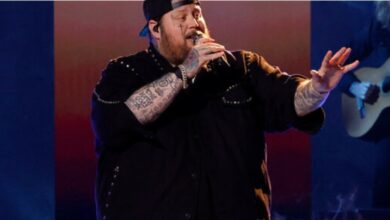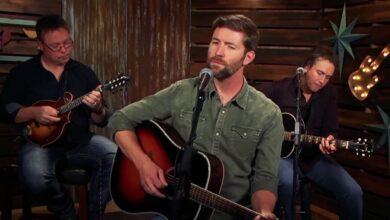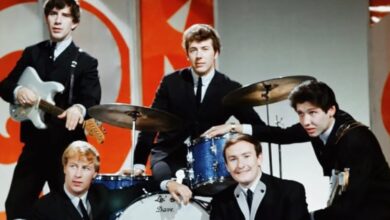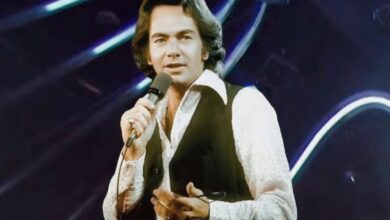This is one of those older songs that people of all generations sing the chorus to
In the early 1960s, a young musician named Charles Westover performed nightly at the Hi-Lo Club in Battle Creek, Michigan. By day, he sold carpets to make ends meet, but by night, he transformed into “Charlie Johnson,” captivating audiences with his band, the Big Little Show Band. It was during these performances that Westover met keyboardist Max Crook, a fellow musician with a penchant for electronic experimentation. Crook had invented an instrument he called the Musitron, a modified clavioline capable of producing otherworldly sounds. The two musicians quickly formed a partnership, with Crook joining the band and introducing his unique sound to their performances.
One fateful night, as the band played their usual set, Crook began improvising a haunting A-minor to G chord progression on the piano. Intrigued, Westover urged the band to follow Crook’s lead, and together they developed the melody that would become “Runaway.” Inspired by the music, Westover penned lyrics about lost love and heartache, themes that resonated deeply with audiences of the time. The song quickly became a staple of their live performances, with patrons requesting it multiple times a night.
Recognizing the song’s potential, the duo sought to record “Runaway” professionally. They connected with Ollie McLaughlin, a local DJ and music promoter, who arranged a meeting with Harry Balk and Irving Micahnik of Big Top Records in Detroit. Impressed by the demo, the executives signed Westover and Crook to a recording contract. At Balk’s suggestion, Westover adopted the stage name “Del Shannon,” combining the wrestling pseudonym “Mark Shannon” with “Del,” derived from his favorite car, the Cadillac Coupe de Ville.
In January 1961, Shannon and Crook traveled to New York City to record “Runaway” at Bell Sound Studios. The recording session was a pivotal moment, as Crook’s Musitron solo added a futuristic sound that set the track apart from other contemporary hits. Released in February 1961, “Runaway” quickly gained traction, entering the Billboard Hot 100 and climbing to the number one spot by April, where it remained for four consecutive weeks. The song’s success catapulted Del Shannon to international fame, marking the beginning of a prolific music career.
The innovative use of the Musitron in “Runaway” not only defined the song’s unique sound but also influenced future musicians and producers. The instrument’s eerie, high-pitched tones added an emotional depth to the song, mirroring the despair expressed in the lyrics. This blend of cutting-edge technology and heartfelt storytelling resonated with listeners, solidifying “Runaway” as a timeless classic.
Following the success of “Runaway,” Del Shannon continued to produce hits throughout the 1960s, including “Hats Off to Larry” and “Little Town Flirt.” Despite the British Invasion and changing musical trends, Shannon’s distinctive style and emotive songwriting maintained his popularity. He also became known for his energetic live performances, captivating audiences worldwide.
Max Crook, meanwhile, pursued his own musical endeavors, recording a series of instrumentals under the name “Maximilian.” His work continued to explore the possibilities of electronic music, paving the way for future innovations in the genre. Crook’s contributions to “Runaway” and his subsequent projects left an indelible mark on the music industry, highlighting the potential of electronic instruments in popular music.
Over the years, “Runaway” has been covered by numerous artists, each bringing their own interpretation to the classic track. Notably, Bonnie Raitt’s 1977 rendition introduced the song to a new generation, showcasing its enduring appeal. The song’s timeless quality lies in its universal theme of lost love, combined with its innovative musical composition.
In recognition of its impact, “Runaway” has received numerous accolades, including being ranked number 472 on Rolling Stone’s list of the 500 Greatest Songs of All Time in 2010. The song’s influence extends beyond the charts, as it has been featured in various films, television shows, and commercials, cementing its place in popular culture.
The legacy of “Runaway” endures, a testament to the creative collaboration between Del Shannon and Max Crook. Their willingness to experiment with new sounds and push the boundaries of traditional rock and roll resulted in a track that continues to captivate listeners decades after its release. As music evolves, “Runaway” stands as a reminder of the power of innovation and the timeless nature of heartfelt storytelling.



